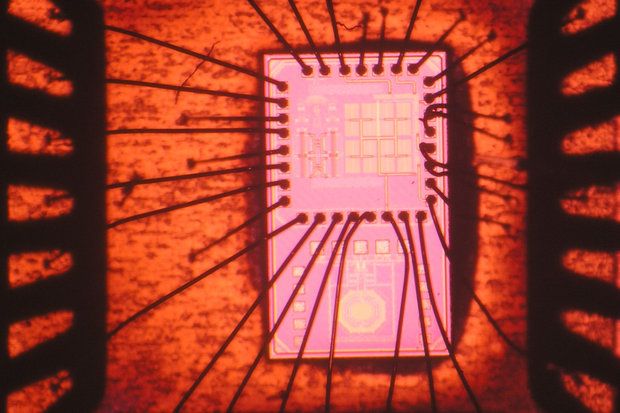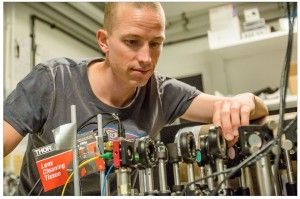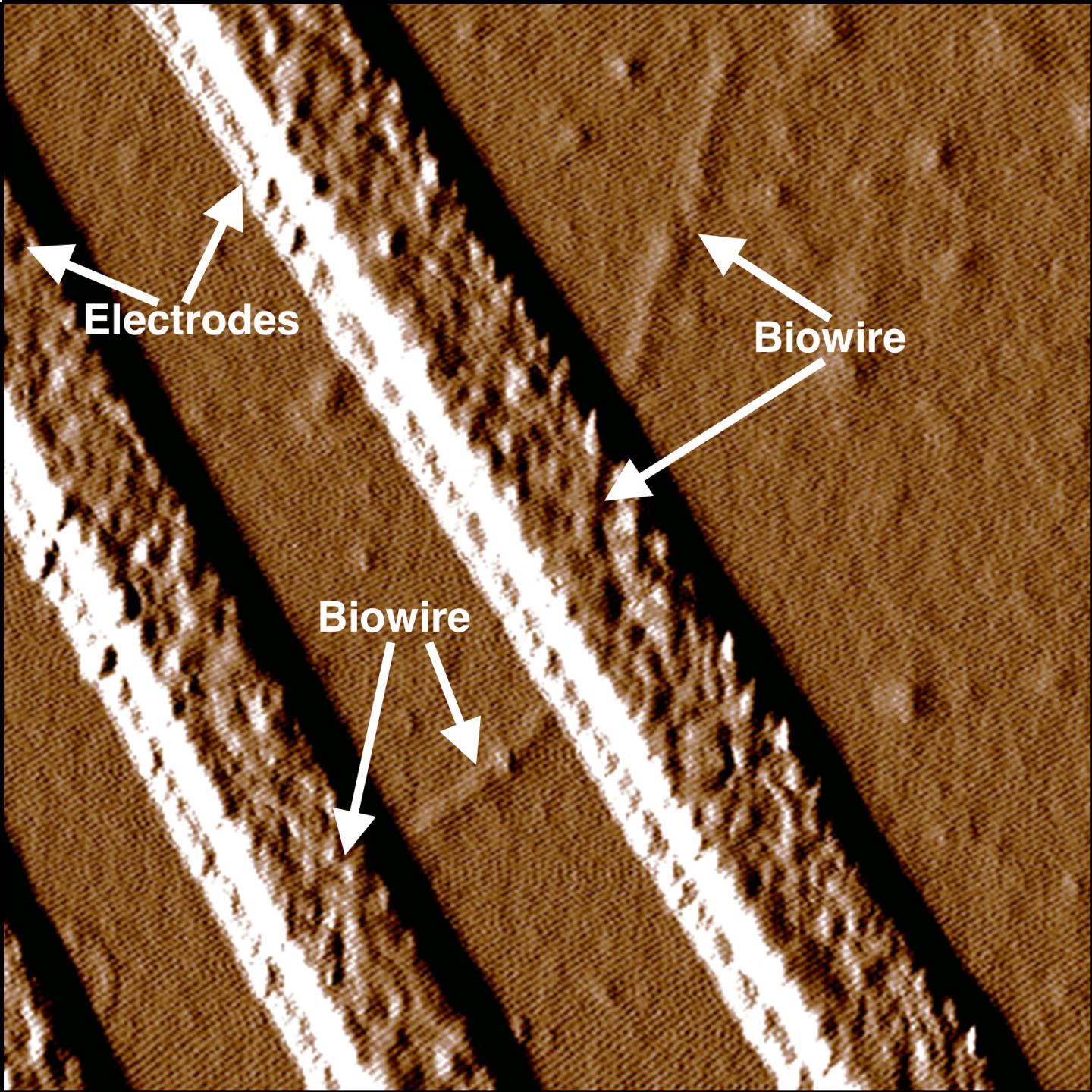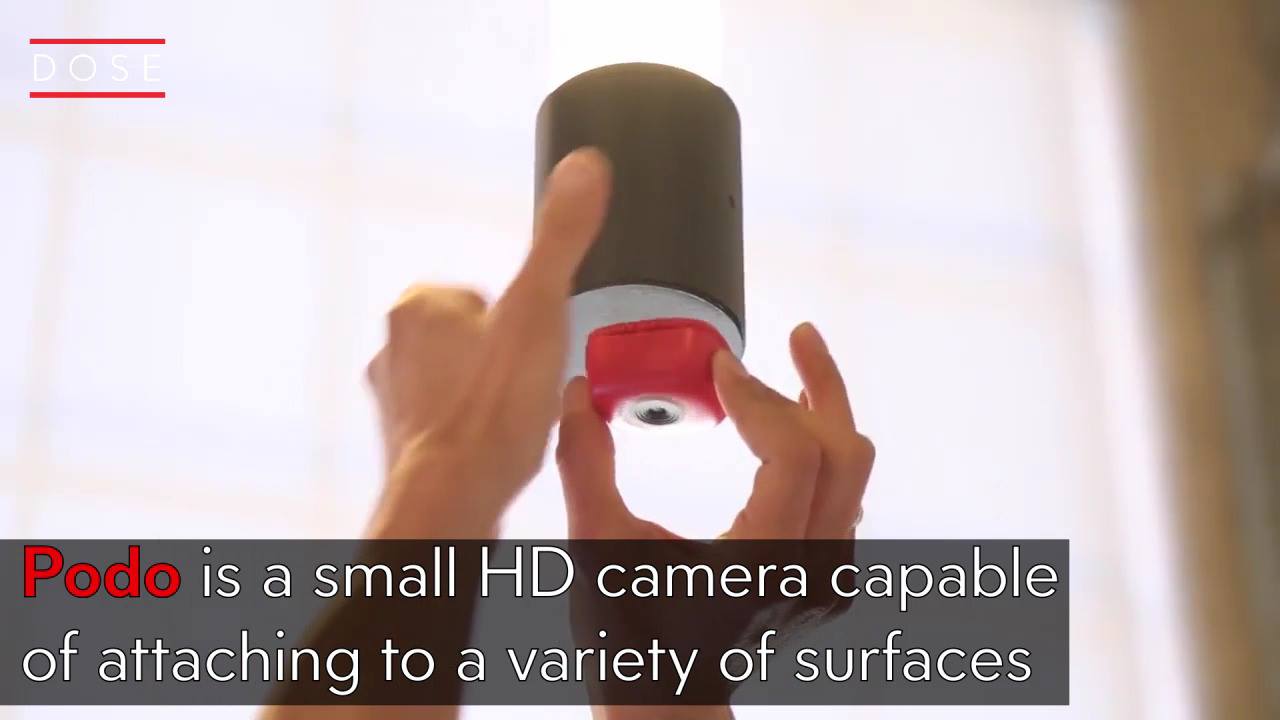Jul 26, 2016
Facebook open sources its 360-degree video camera
Posted by Shailesh Prasad in categories: electronics, virtual reality
Facebook said from the start that it would open source its Surround 360 camera this summer, and it’s following through on that promise. You can now visit GitHub to learn how to build the camera, install its software and (naturally) tweak both the hardware and software to meet your needs. Just keep in mind that this isn’t exactly a homebrew project — you’ll need about $30,000 in parts to build the official version. It’s more for video pros that want to produce 360-degree content without having to turn to pricier, pre-packaged offerings like Nokia’s Ozo. Still, it’s worth exploring the source if you want to either see how Facebook’s VR cam works or design a lower-cost alternative.


















